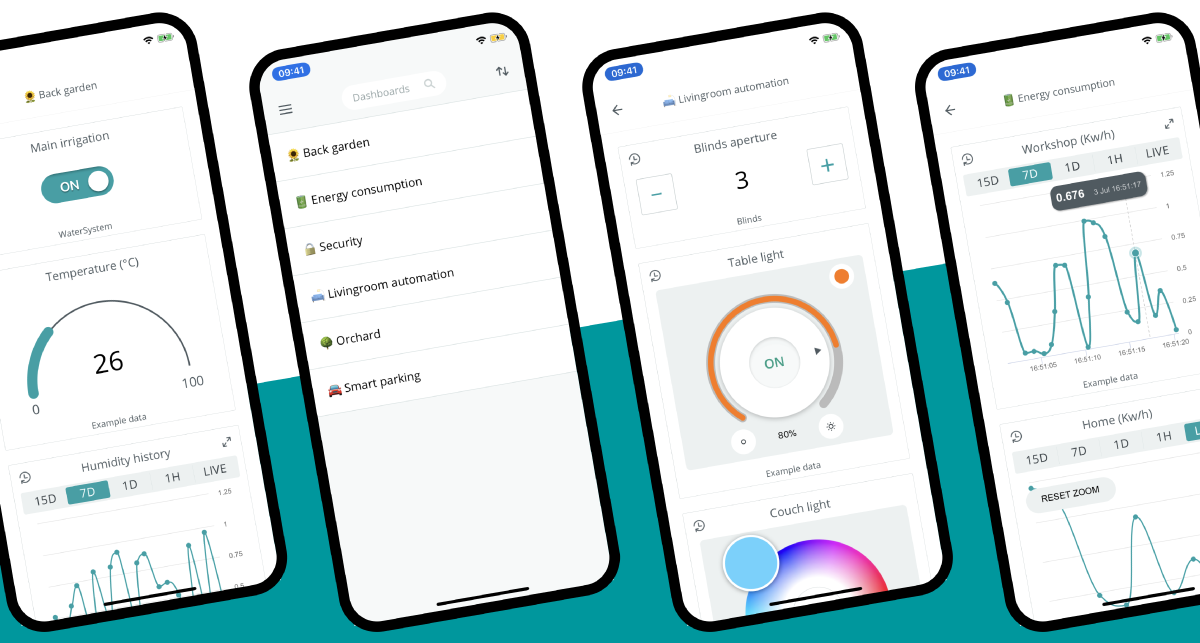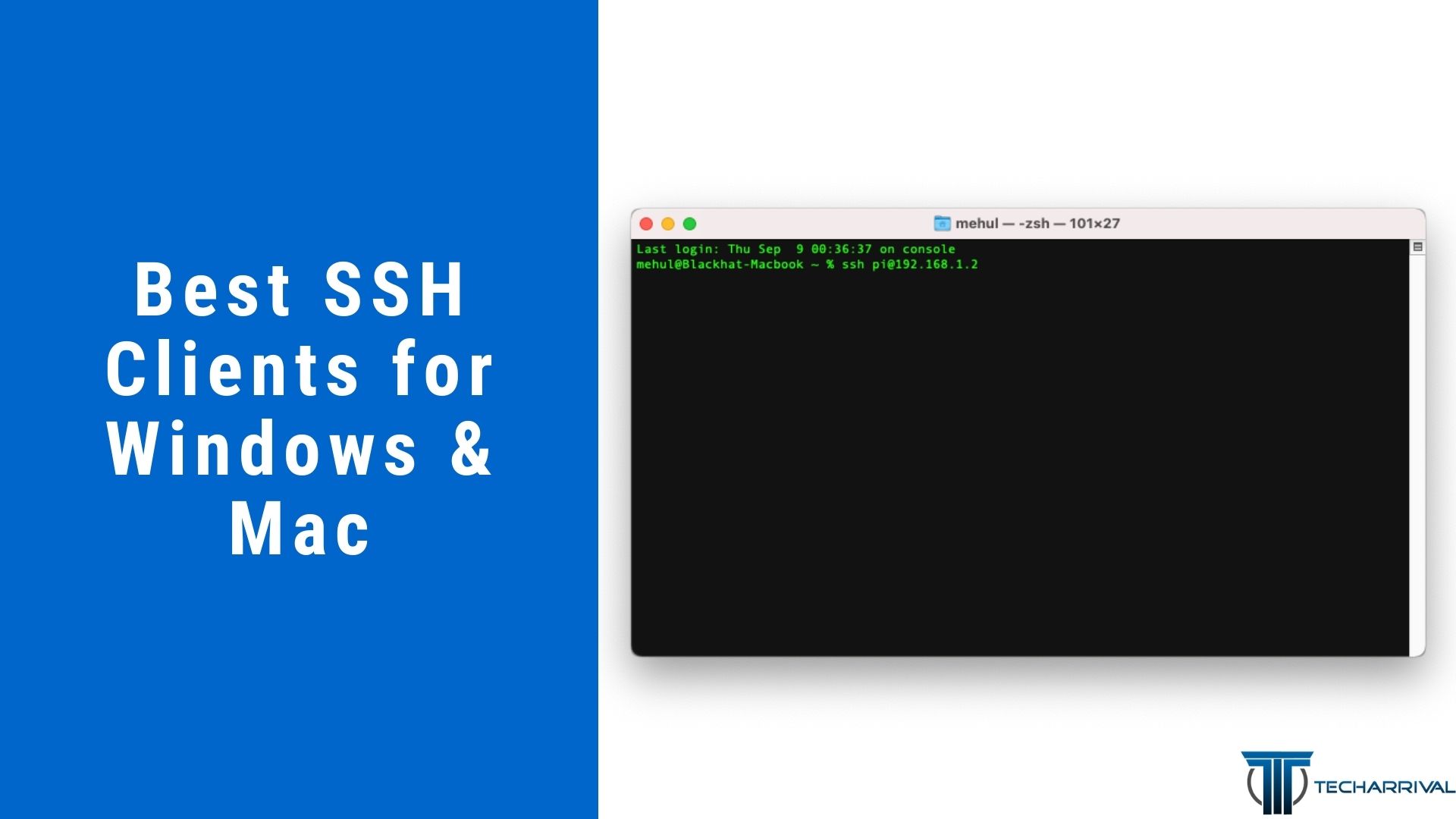Top Free Remote IoT Login Solutions: Discover Now!
Are you seeking seamless access to the world of remote IoT, without the burden of hefty subscription fees? The quest for the best free remote IoT login is no longer a distant dream; it's a tangible reality, offering unparalleled opportunities for both seasoned professionals and budding enthusiasts to connect, control, and collaborate. The convergence of the Internet of Things (IoT) and the need for cost-effective solutions has birthed a thriving ecosystem of free remote IoT login platforms, democratizing access and empowering innovation on a global scale.
The landscape of IoT is vast and ever-evolving, encompassing everything from smart home devices and wearable technology to industrial sensors and environmental monitoring systems. Central to this expansive network is the ability to access and control these devices remotely. The best free remote IoT login solutions provide this critical functionality, enabling users to monitor data, manage settings, and troubleshoot issues from anywhere in the world, provided an internet connection is available. Moreover, these platforms often boast features like data visualization, event triggers, and cloud storage, all without the financial commitment associated with premium services. The appeal is undeniable: the potential to prototype, deploy, and scale IoT projects without breaking the bank is now within reach of virtually anyone, making the field more accessible than ever before.
In today's interconnected world, managing and accessing IoT devices remotely is essential for various applications, from smart homes to industrial automation. Understanding the available options for free remote IoT login is crucial for anyone looking to explore and implement IoT solutions without incurring significant costs. Let's examine some of the leading platforms, their features, and how they can be leveraged to build and manage your IoT projects.
1. ThingsBoard: An Open-Source Powerhouse
ThingsBoard stands out as a leading open-source IoT platform, providing robust features for data collection, processing, visualization, and device management. Its core strength lies in its flexibility and scalability, supporting a wide range of IoT devices and protocols. With its free community edition, users gain access to a wealth of functionalities, including:
- Device management: Easily onboard, configure, and monitor your devices.
- Data visualization: Create compelling dashboards to monitor device data in real-time.
- Rule chains: Implement sophisticated logic to process and react to device events.
- User management: Control access to your devices and data.
- Cloud deployment: Deploy on popular cloud platforms like AWS, Azure, and Google Cloud.
ThingsBoard's open-source nature allows for customization and integration with other systems, making it a versatile choice for various IoT projects. While the free community edition offers extensive features, commercial versions are also available, providing additional support and enterprise-grade capabilities.
2. Adafruit IO: For the Maker Community
Adafruit IO, developed by Adafruit Industries, is specifically designed with makers and hobbyists in mind. It provides a user-friendly platform for connecting your IoT devices to the cloud and visualizing their data. With a generous free tier, users can:
- Connect devices: Seamlessly integrate with popular microcontrollers like Arduino and ESP32.
- Visualize data: Create dashboards with easy-to-use widgets.
- Trigger actions: Set up actions based on data events.
- Limited data storage: Store a certain amount of data for free.
Adafruit IOs simplicity and ease of use make it an excellent starting point for those new to IoT. Its integration with the Adafruit ecosystem provides access to a wide range of hardware components and tutorials, making it easier than ever to build and experiment with IoT projects. While it may have storage limits compared to some platforms, it's very accessible for beginners to start with the IoT.
3. Blynk: An Intuitive Approach
Blynk is another user-friendly platform that focuses on rapid prototyping and remote control of IoT devices. The platform's intuitive interface and drag-and-drop functionality allow users to create mobile applications for controlling their devices with minimal coding. The free version of Blynk provides:
- Easy app creation: Build mobile apps for device control and data visualization with a drag-and-drop interface.
- Widget library: Access a wide range of widgets for displaying data and controlling devices.
- Device connectivity: Supports various hardware platforms and communication protocols.
- Limited energy (credits): Users can consume 'energy' credits to make their devices work, and certain amounts are free.
Blynk's focus on mobile applications makes it ideal for projects where remote control from a smartphone or tablet is desired. Its ease of use and rapid development capabilities make it perfect for quick prototyping and developing interactive IoT applications.
4. Freeboard: Customizable Dashboards
Freeboard.io offers a slightly different approach, focusing primarily on creating customizable dashboards for visualizing real-time data from IoT devices. It is a great choice if your primary requirement is data visualization. Key features include:
- Open Source: An open-source platform that you can host yourself.
- Data sources: Support for various data sources including HTTP, MQTT, and REST APIs.
- Customizable widgets: A wide range of widgets to visualize your data, including gauges, charts, and text displays.
- Easy integration: Simple integration with various IoT platforms and hardware.
Freeboard is particularly useful for creating visually appealing and informative dashboards, allowing users to monitor and analyze their device data effectively. Its focus on data visualization makes it well-suited for applications where real-time data monitoring is the primary goal.
5. Ubidots: Cloud-Based IoT Platform
Ubidots is a cloud-based IoT platform that provides a suite of tools for connecting, storing, visualizing, and acting upon data from IoT devices. Its free tier allows users to:
- Connect devices: Supports a wide range of hardware and communication protocols.
- Data storage: Store data in the cloud with limited storage capacity.
- Data visualization: Create dashboards and visualize data with various widgets.
- Limited event triggers: Set up event triggers based on data changes.
Ubidots is designed to make it easy to build and deploy IoT solutions without extensive coding knowledge. Its user-friendly interface and rich feature set make it a compelling choice for beginners and professionals alike. Note that the free tier has limitations on data storage and the number of devices that can be connected.
6. Thingspeak: From MathWorks
ThingSpeak, created by MathWorks, is an open IoT platform that allows you to collect, analyze, and act on data from sensors or other devices. It is particularly well-suited for projects involving data analysis and visualization. Its key features are:
- Data collection: Easy data collection from sensors.
- Data visualization: Tools for creating plots and charts.
- Data analysis: Support for data analysis using MATLAB.
- Community: Access to a community to find out more information.
ThingSpeak's integration with MATLAB provides powerful data analysis capabilities. It is an excellent choice for projects that require more sophisticated data processing and analysis. It offers a free version with limitations on the number of channels and data storage.
7. Cayenne: Drag-and-Drop IoT Platform
Cayenne, developed by myDevices, is another platform designed to simplify IoT projects. It is a drag-and-drop interface that simplifies the process of connecting devices, creating dashboards, and setting up triggers. Its free version offers:
- Drag-and-drop interface: Create dashboards and connect devices with ease.
- Device compatibility: Support for a large list of compatible devices.
- Remote control: Control devices from anywhere.
- Alerts and notifications: Receive alerts.
Cayenne's ease of use and broad device compatibility make it an attractive option for quickly prototyping and deploying IoT projects. The drag-and-drop interface makes it accessible for users with little to no coding experience. There are some limitations on the features of the free version.
8. Open Remote: The Open Source Option
Open Remote is another open-source platform focused on IoT and digital transformation. It offers a comprehensive solution for connecting, controlling, and managing IoT devices. Its key features include:
- Device connectivity: Supports many types of devices.
- Remote control: Control devices.
- Automation: Set up automation to manage devices.
- Dashboards: Easy to visualize data.
Open Remote is a powerful option to help with IoT projects. It supports various devices and allows automation and control of devices through its platform.
Choosing the Right Platform
The "best" free remote IoT login solution for you will depend heavily on your specific needs and project requirements. Consider the following factors when making your selection:
- Ease of Use: How comfortable are you with coding and technical configuration? Platforms like Adafruit IO and Blynk offer simpler interfaces that cater to beginners, while platforms like ThingsBoard provide more advanced customization options.
- Features: What specific features do you need? Do you require extensive data visualization, complex rule chains, mobile app integration, or data analysis tools? Different platforms offer varying feature sets.
- Hardware Compatibility: Which hardware platforms are you using? Ensure the platform supports the devices and communication protocols (e.g., MQTT, HTTP, CoAP) you intend to use.
- Scalability: Do you anticipate scaling your project in the future? Open-source platforms like ThingsBoard offer greater flexibility and scalability compared to some hosted solutions.
- Community Support: The availability of documentation, tutorials, and community support is crucial, especially if you are new to IoT. Platforms with large, active communities offer valuable resources for troubleshooting and learning.
- Data Storage and Limits: Most free tiers have limitations on data storage, device connections, and the frequency of data updates. Review these limitations to ensure they meet your project's needs.
Getting Started with Free Remote IoT Login
Once you have chosen a platform, getting started typically involves the following steps:
- Sign up: Create a free account on the platform's website.
- Set up your device: Configure your IoT device to connect to the platform. This typically involves installing libraries, configuring network settings, and providing the necessary API keys or credentials.
- Create dashboards and widgets: Design dashboards to visualize your device data.
- Test and refine: Test your setup and iterate on your project based on your needs.
Security Considerations
While free remote IoT login platforms offer significant benefits, it is crucial to prioritize security. Always consider these points:
- Strong passwords: Use strong, unique passwords for your accounts.
- Encryption: Ensure that your data is encrypted during transit and at rest.
- Authentication: Implement secure authentication mechanisms to protect your devices and data.
- Regular updates: Keep your devices and the platform software up to date with the latest security patches.
- Monitor activity: Regularly monitor your account and device activity for any suspicious behavior.
The Future of Free Remote IoT Login
The future of free remote IoT login is bright, driven by the continuous advancements in technology and the increasing demand for accessible IoT solutions. We can expect to see:
- More features: Platforms will offer more advanced features, such as AI-powered analytics, edge computing capabilities, and enhanced security features.
- Improved user experience: Platforms will become even easier to use, with intuitive interfaces and simplified setup procedures.
- Wider device support: Platforms will expand support for a wider range of devices and communication protocols.
- Community-driven development: Open-source platforms will continue to thrive, with strong community support and contributions.
The evolution of remote IoT access underscores a significant shift. The democratization of technology is changing the landscape, allowing individuals and organizations to engage with and benefit from IoT, regardless of their financial resources. The available free platforms, combined with the open-source movement, are paving the way for a more connected, innovative, and accessible future.
Conclusion
As we have explored, the landscape of "best free remote IoT login" platforms is rich and diverse. Whether youre an experienced developer, a budding maker, or simply curious about the possibilities, the array of accessible tools offers a compelling opportunity to explore, innovate, and build solutions that leverage the potential of the IoT. By understanding the key platforms, features, and considerations, you can embark on your IoT journey without the need for immediate financial commitment. The freedom to experiment, learn, and create, with the support of thriving communities, is now readily available, opening the doors to a more connected and innovative future for all.


